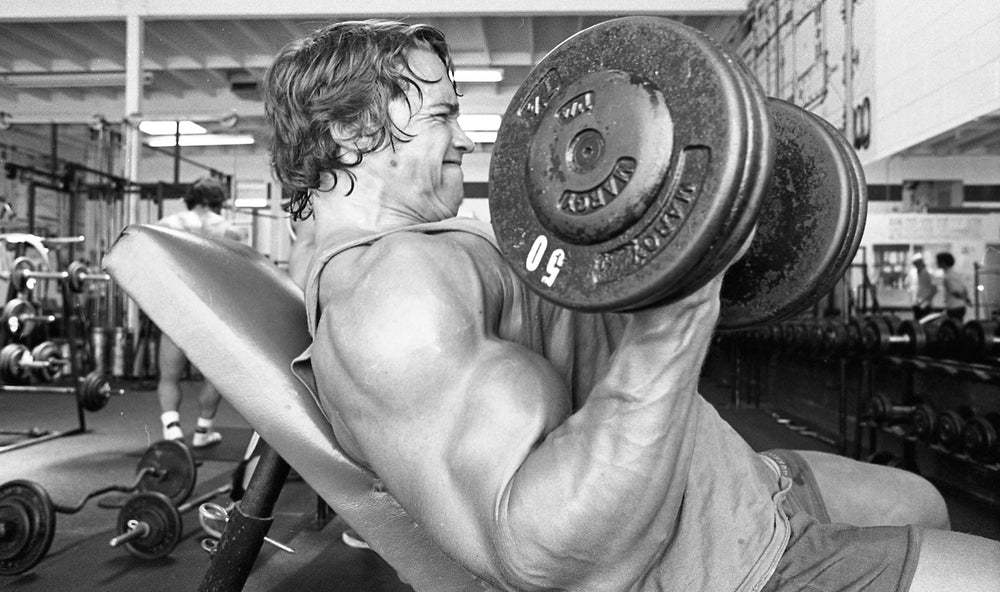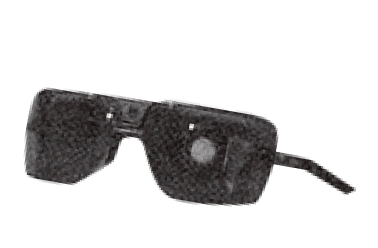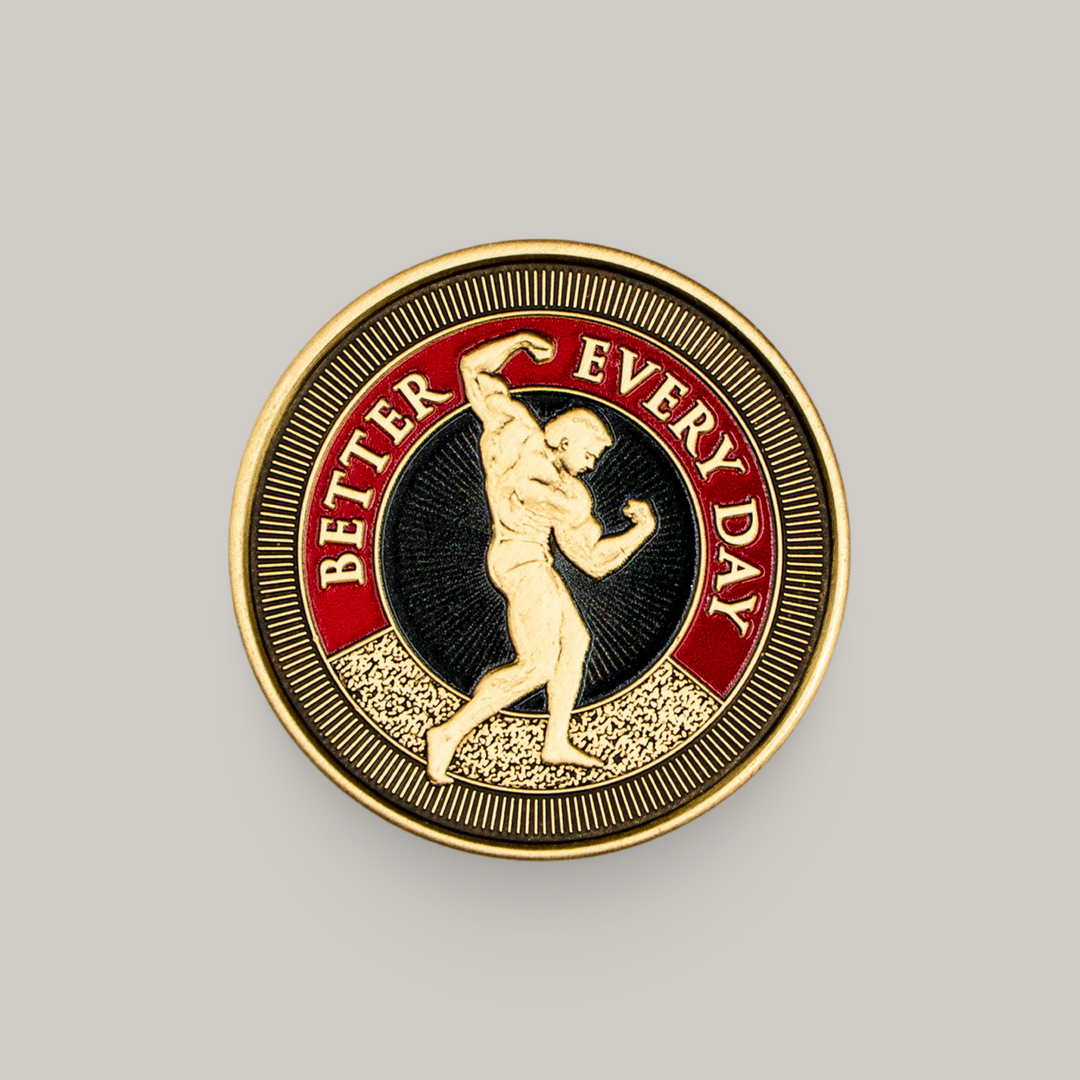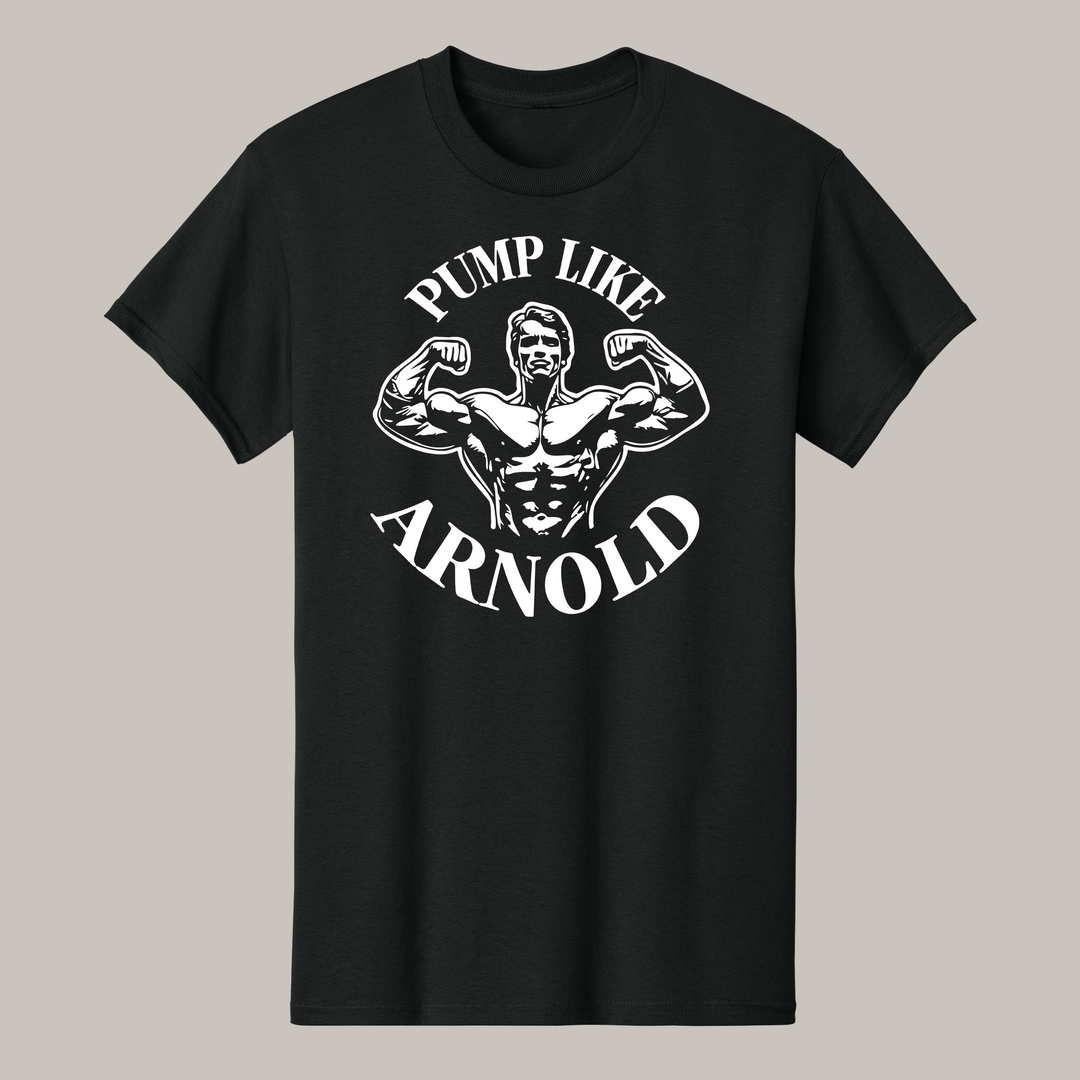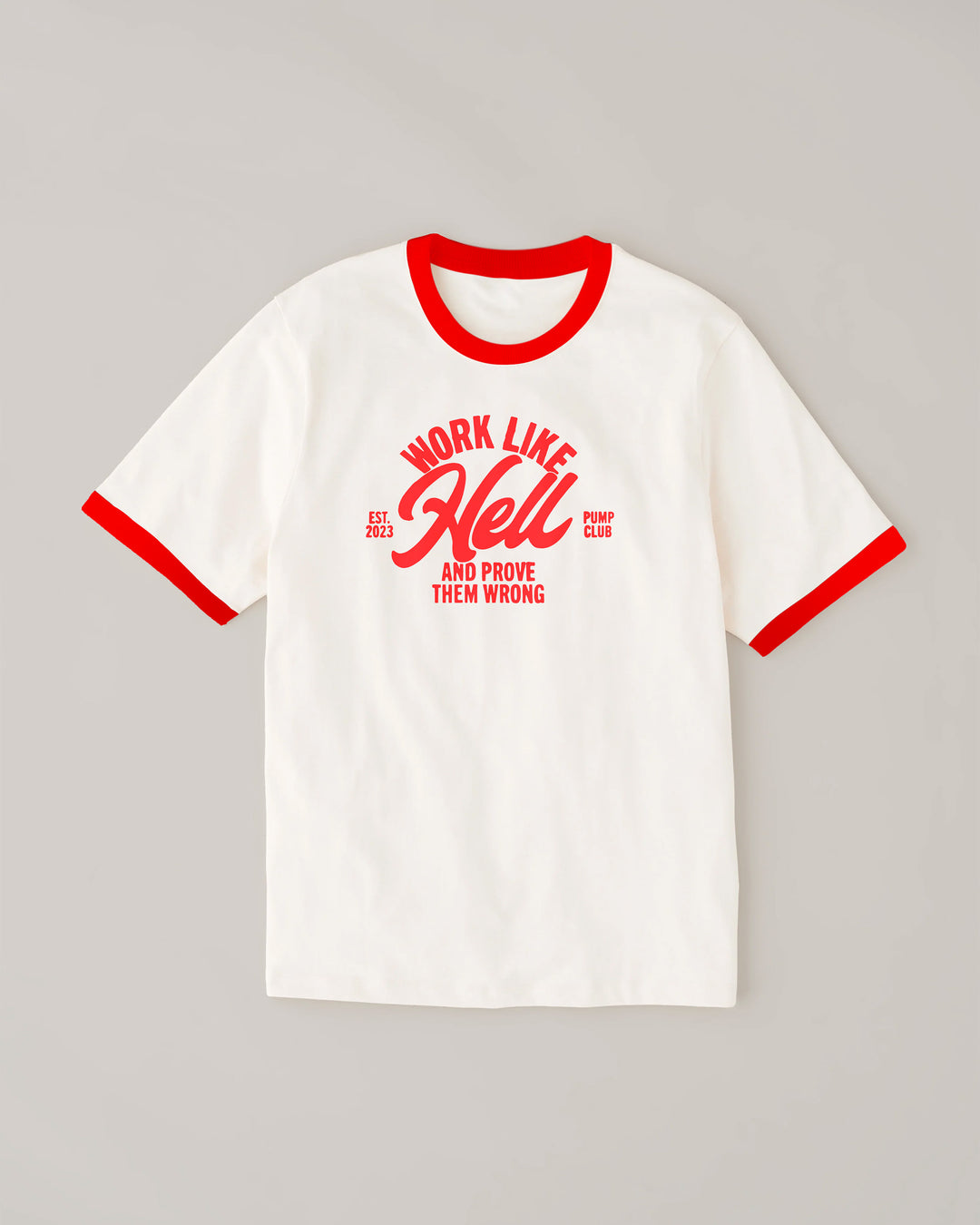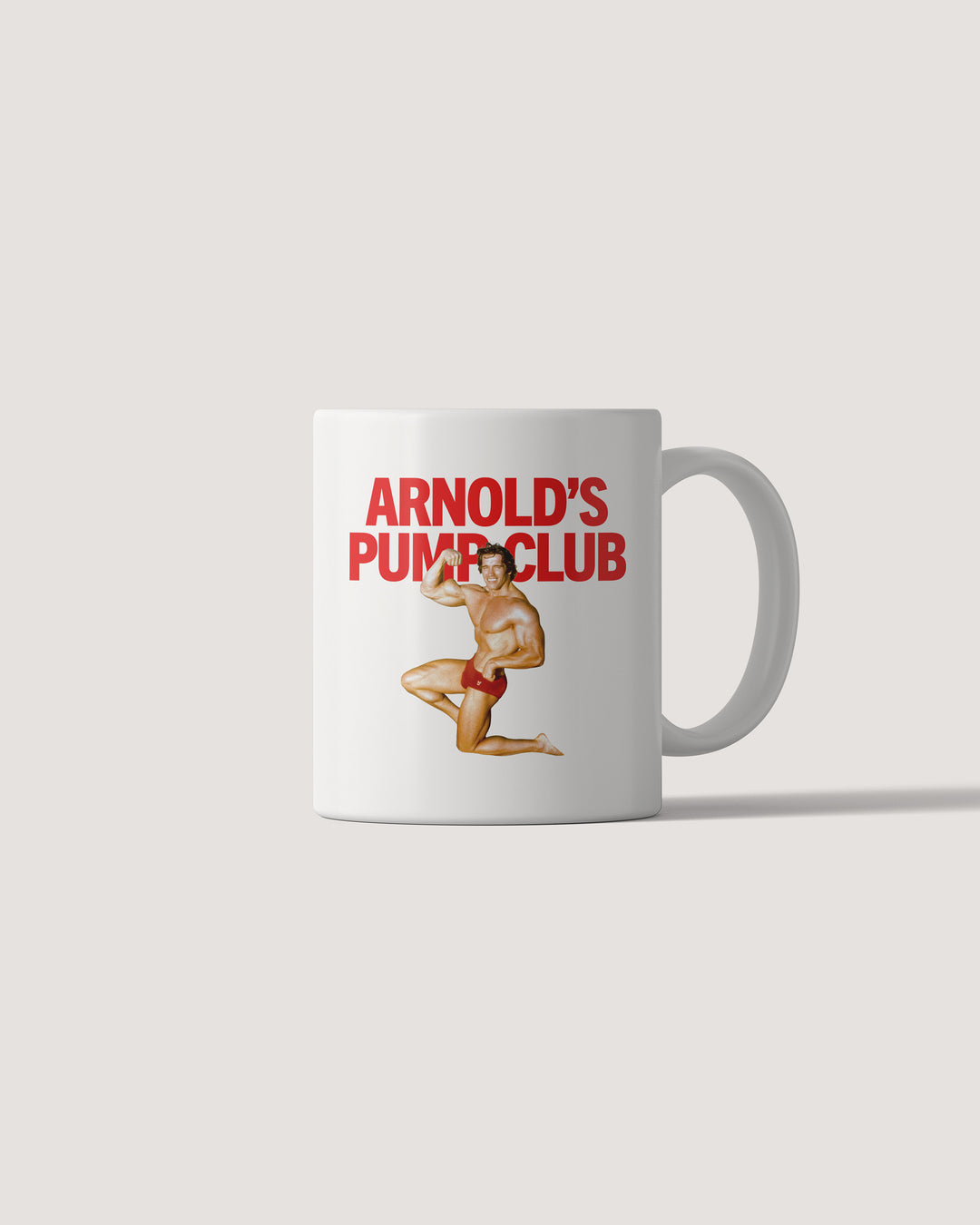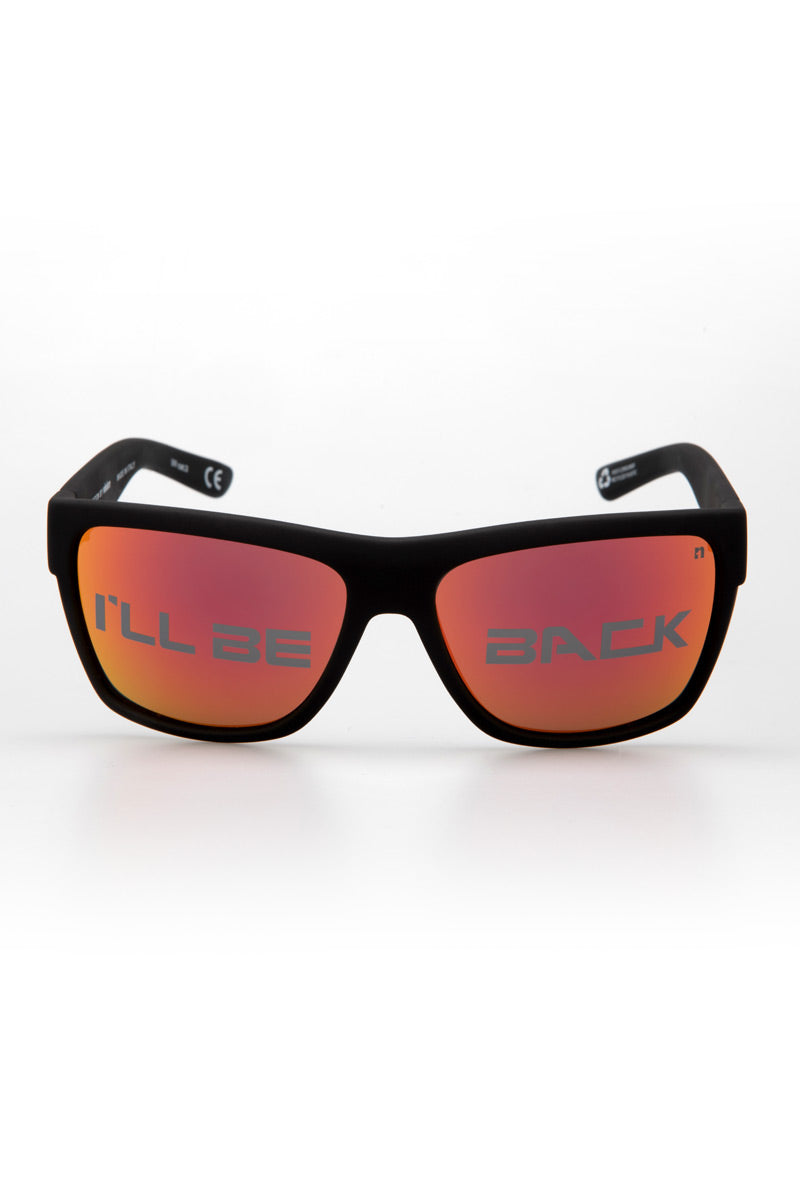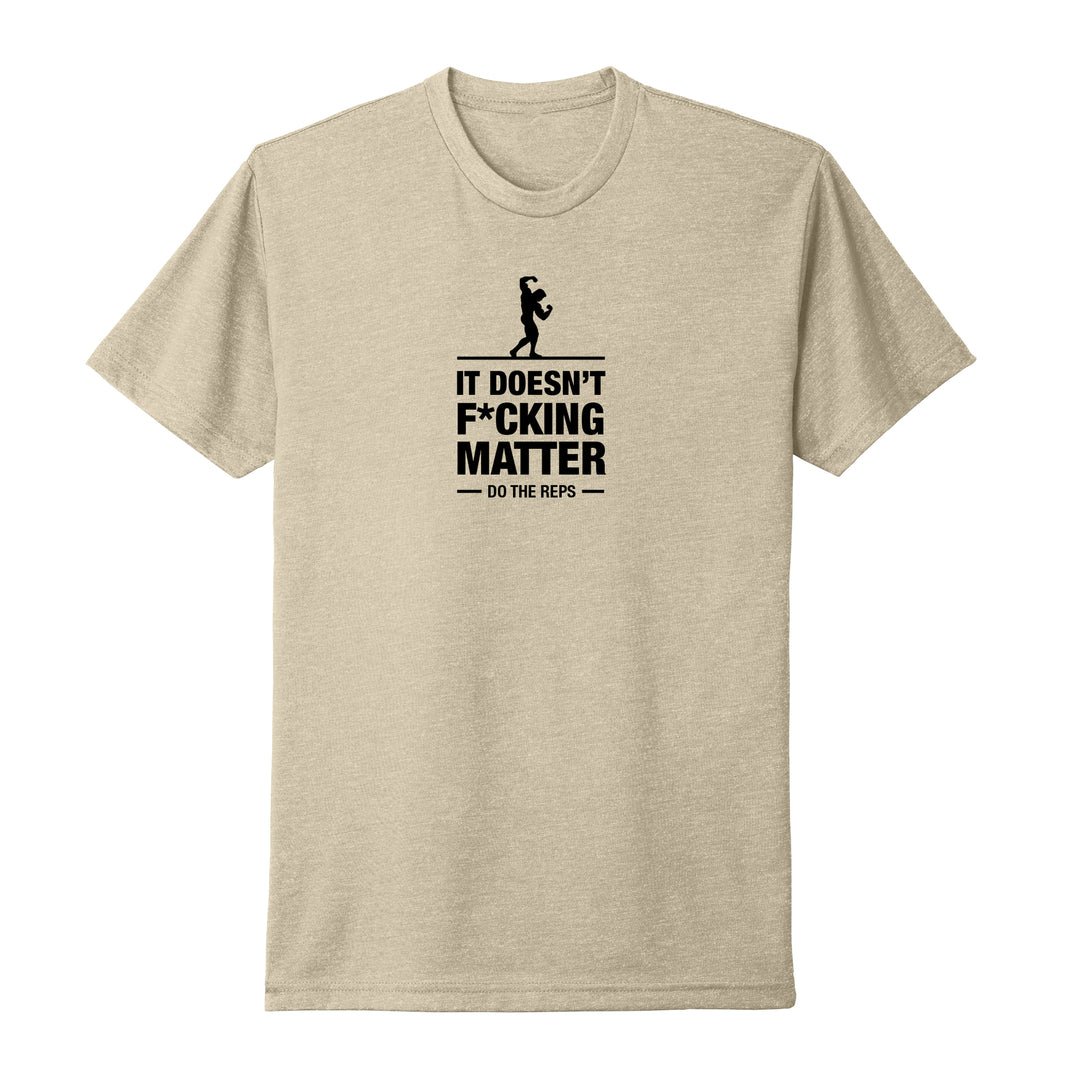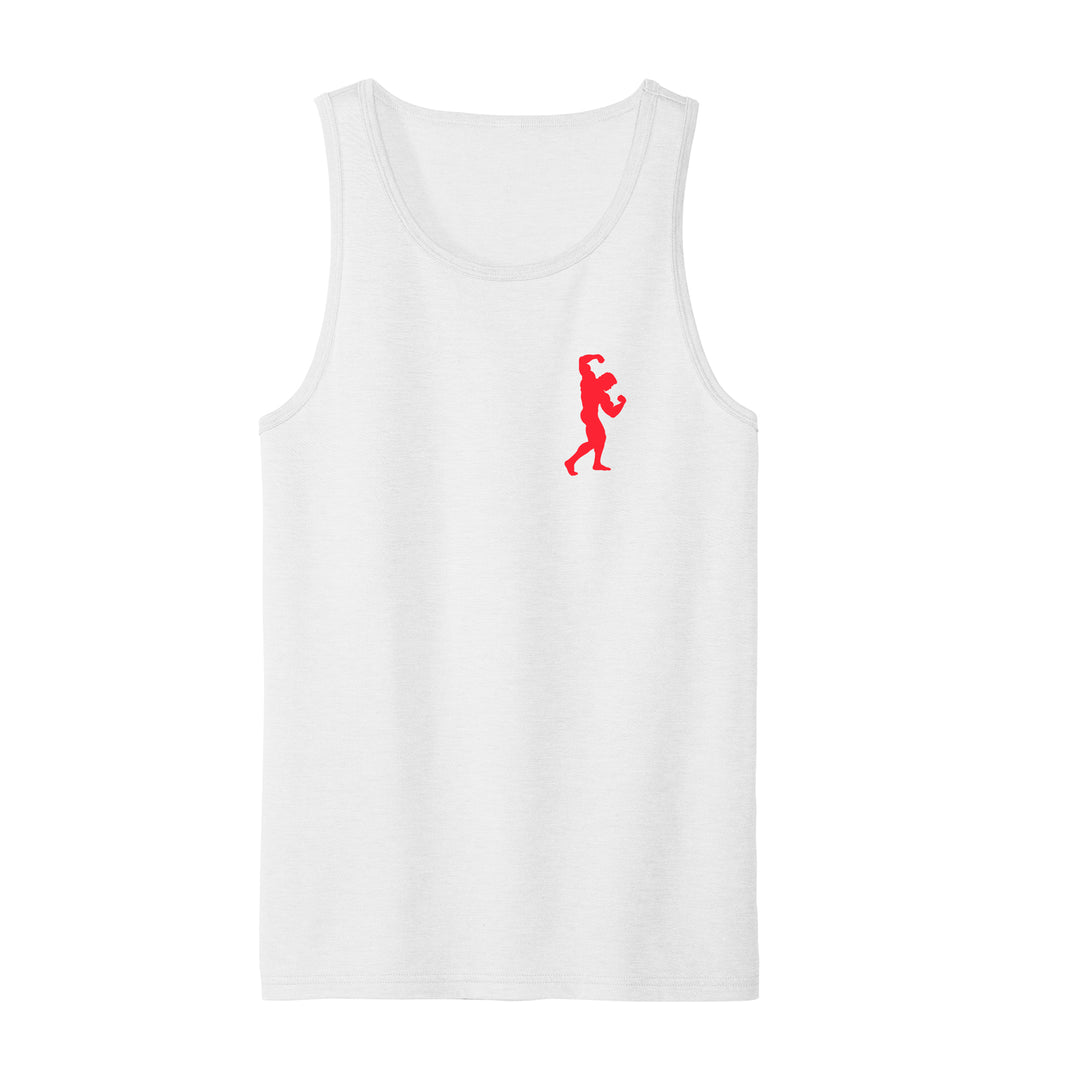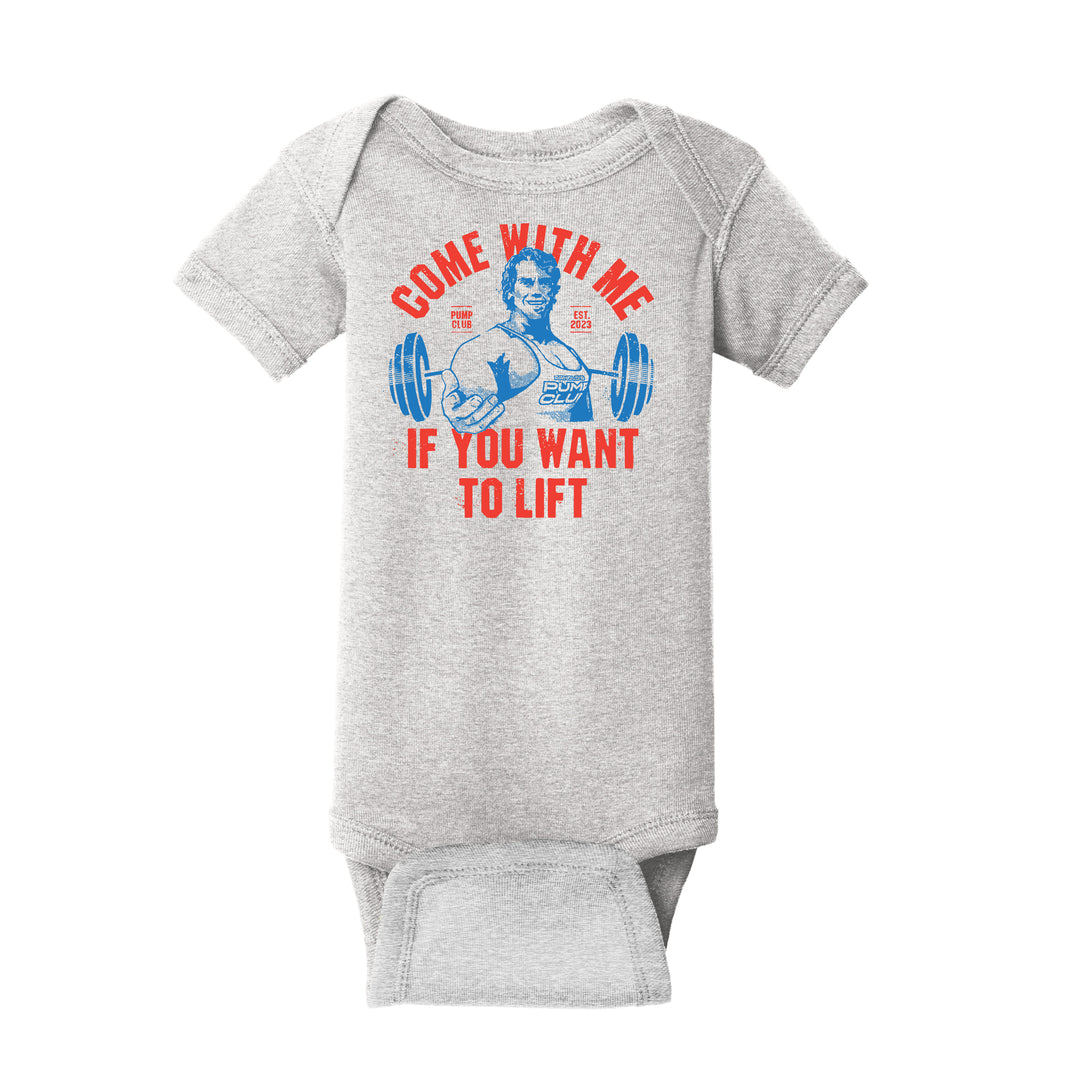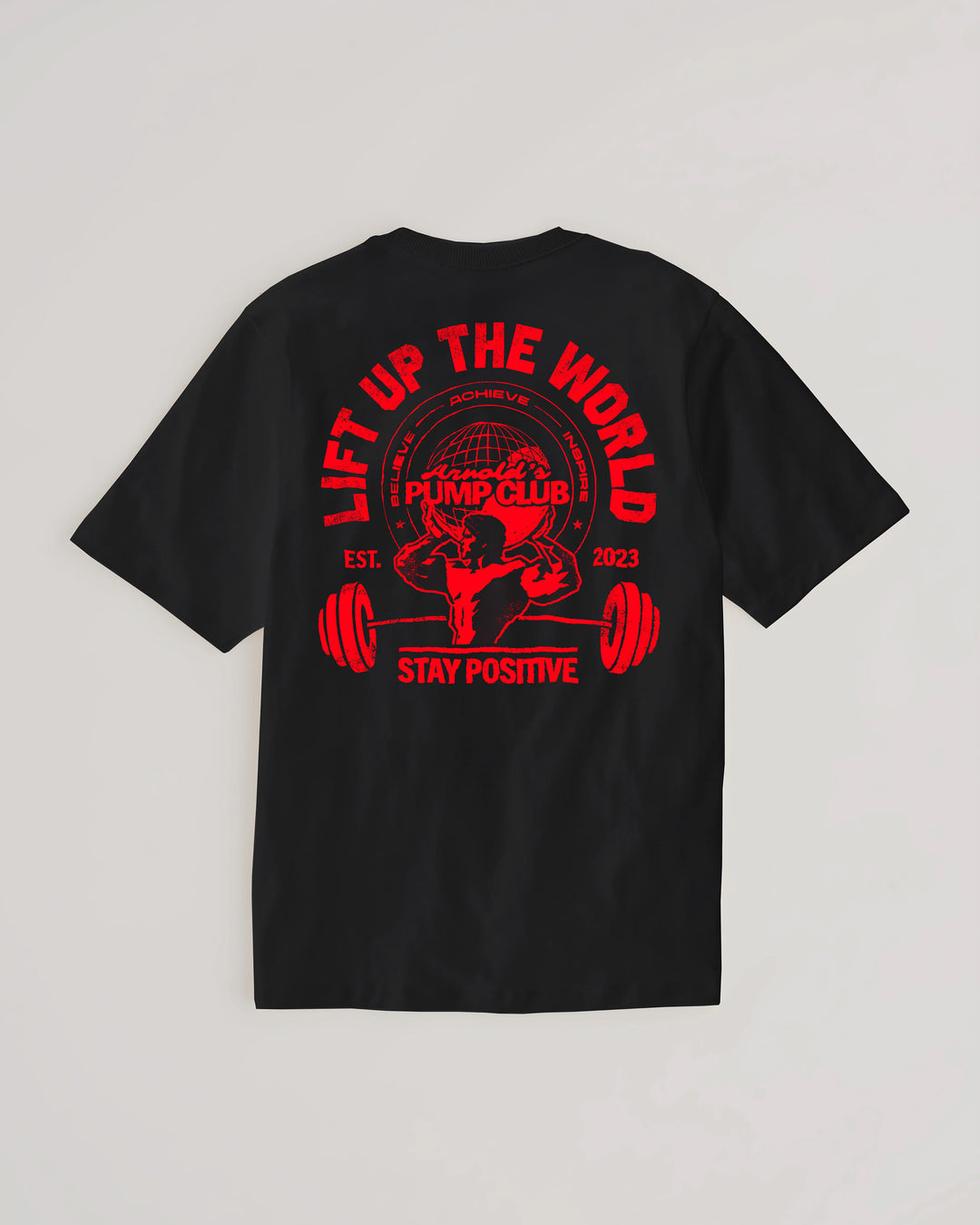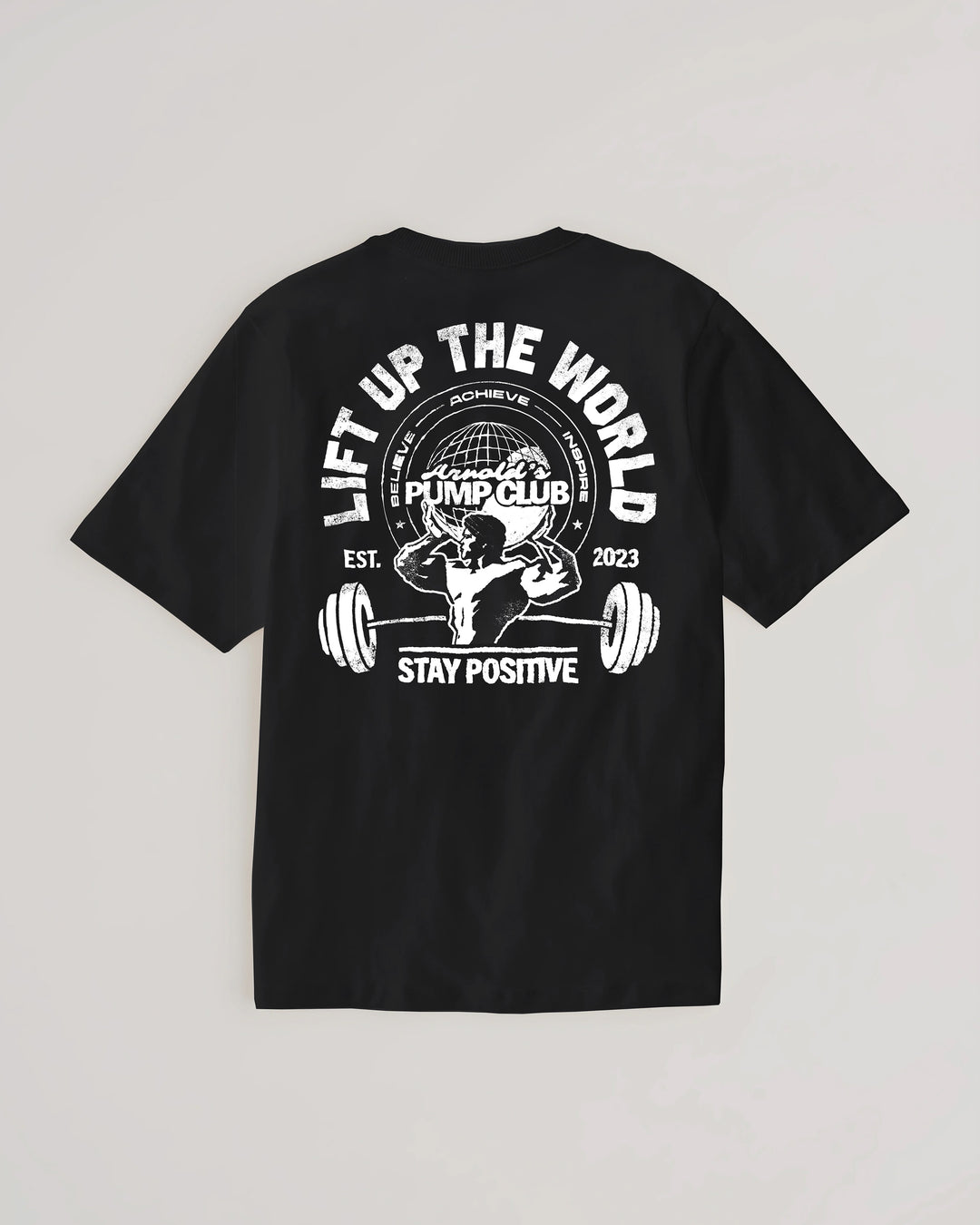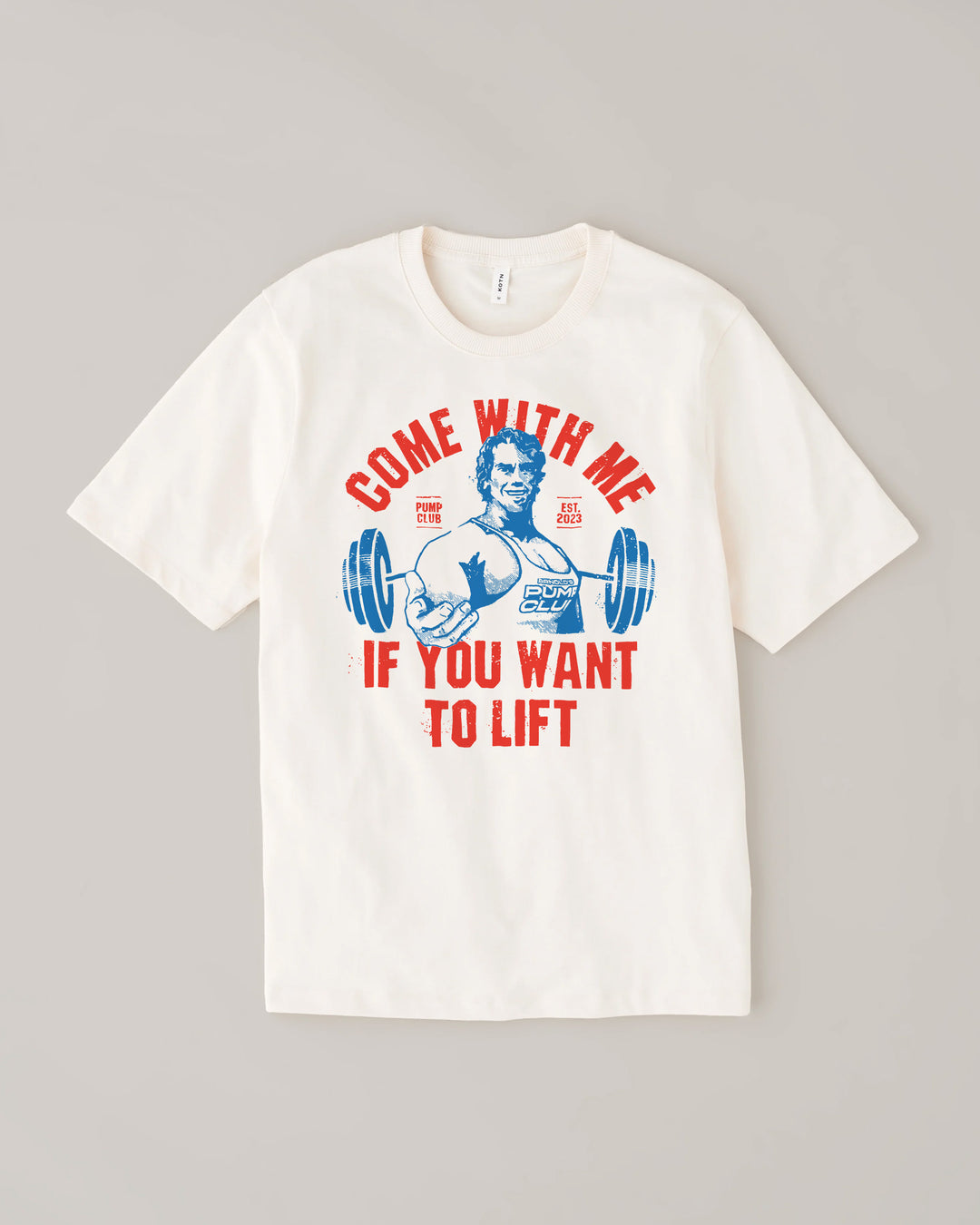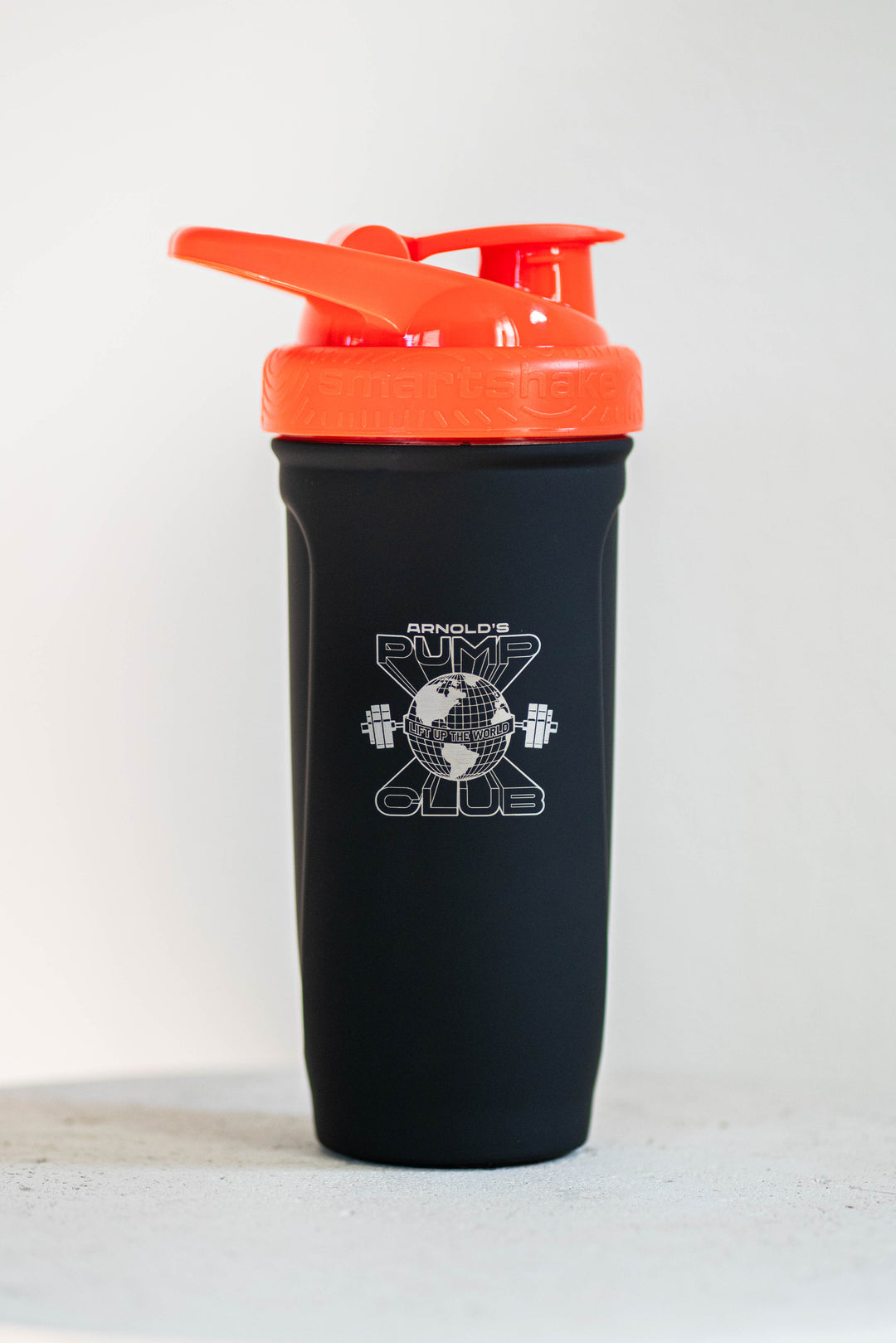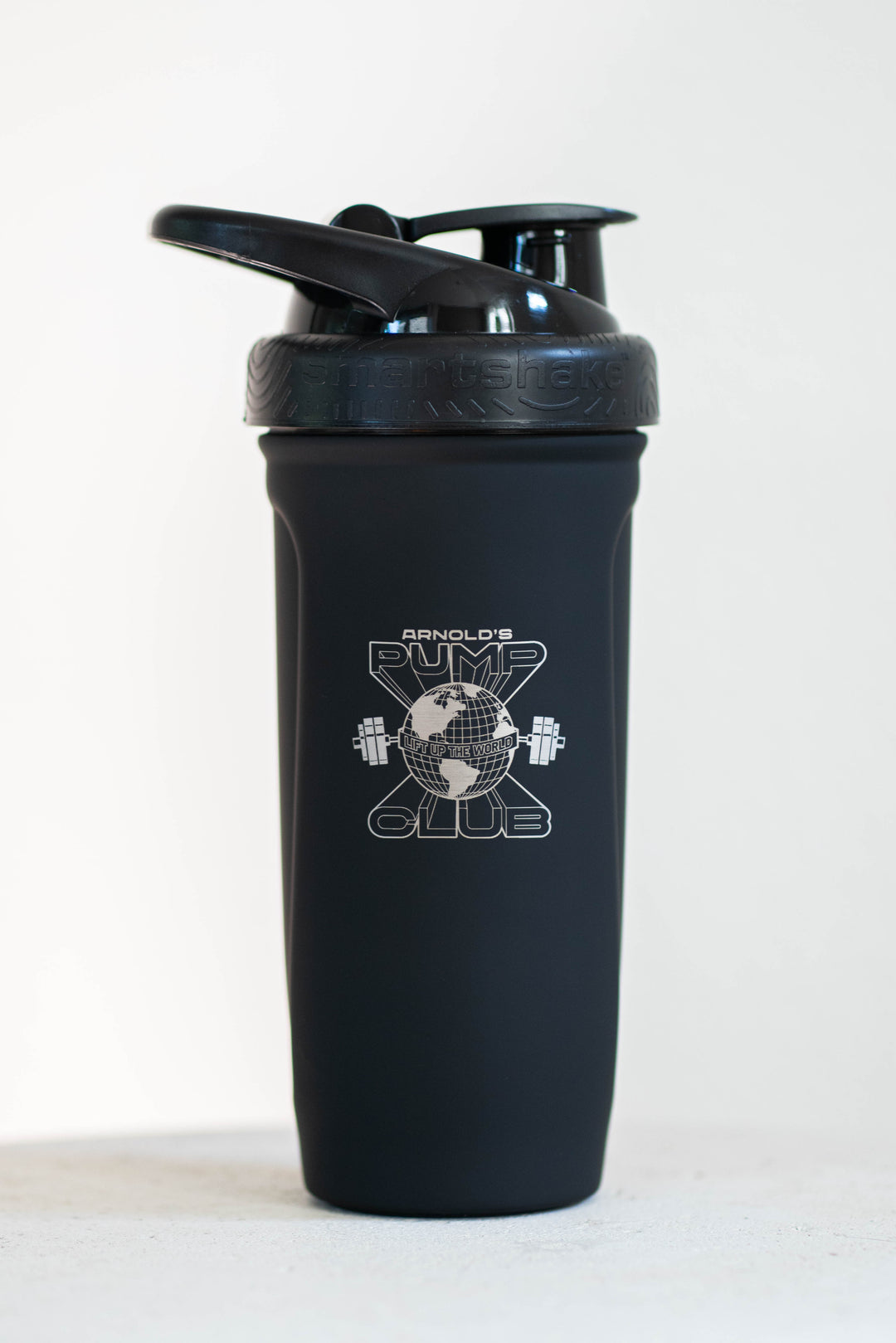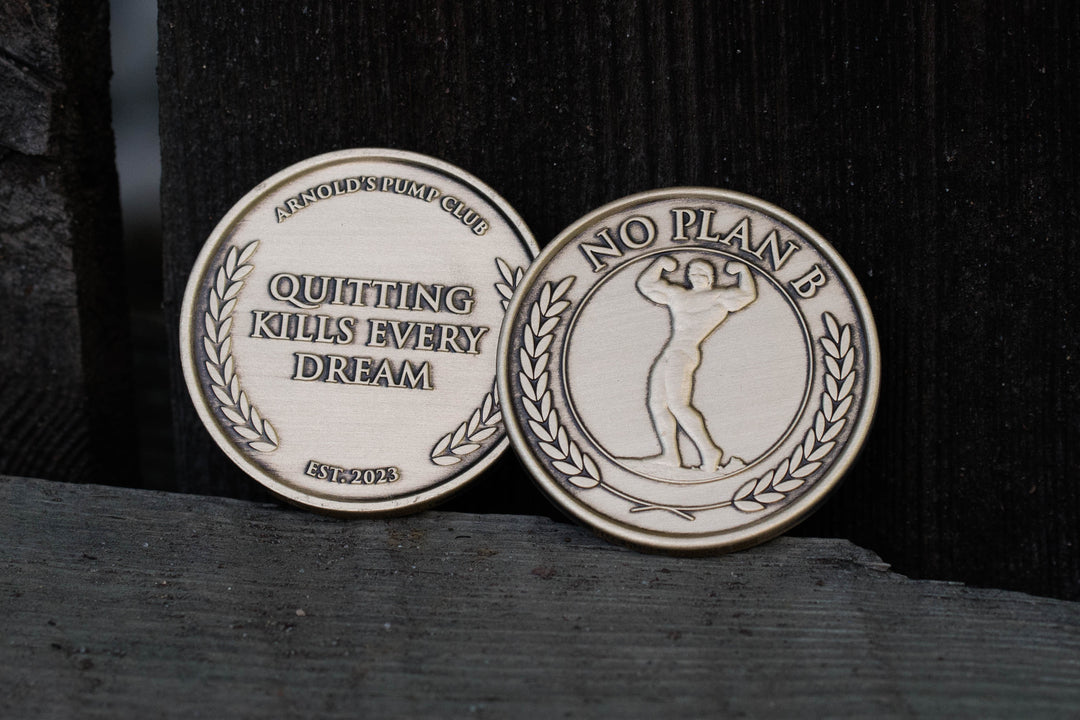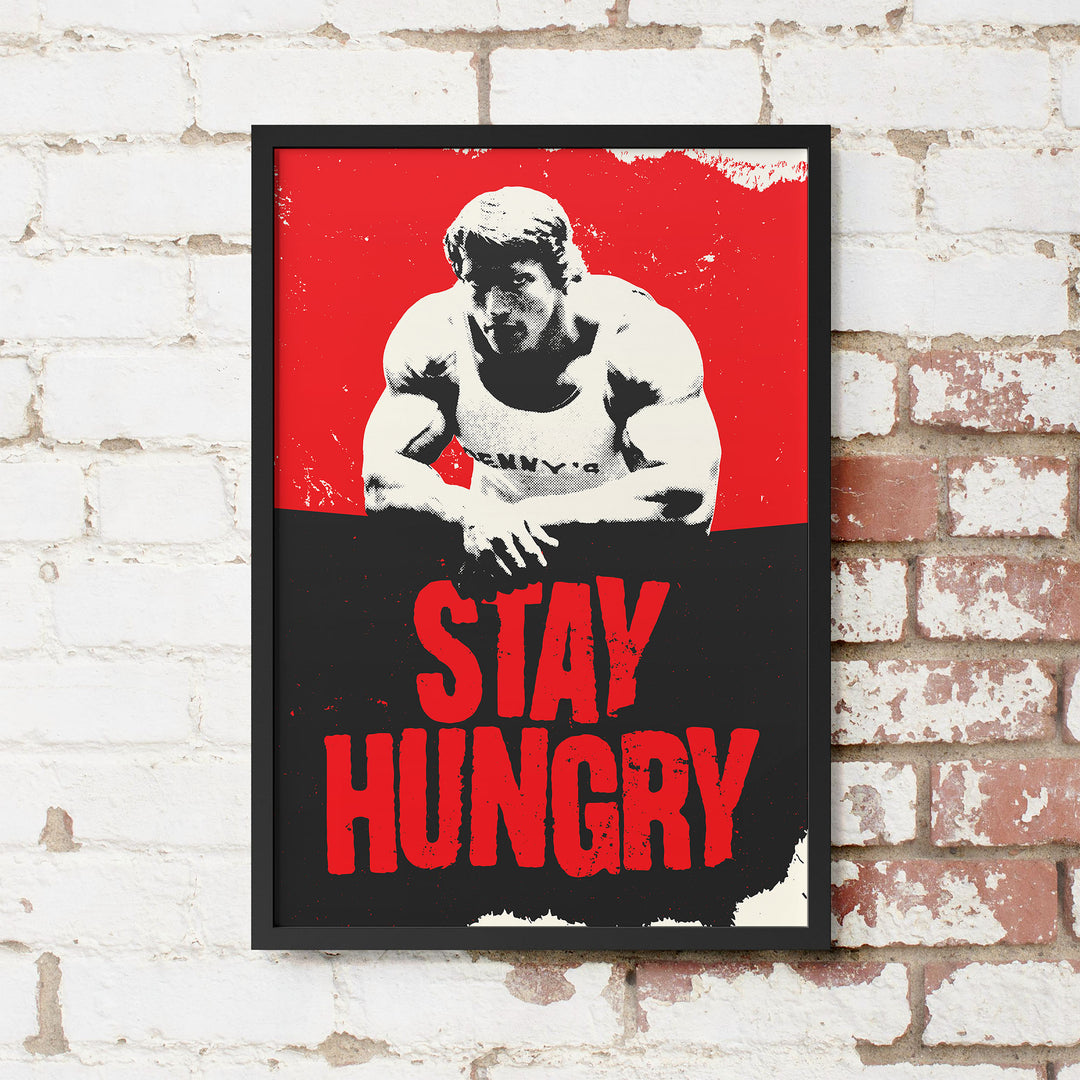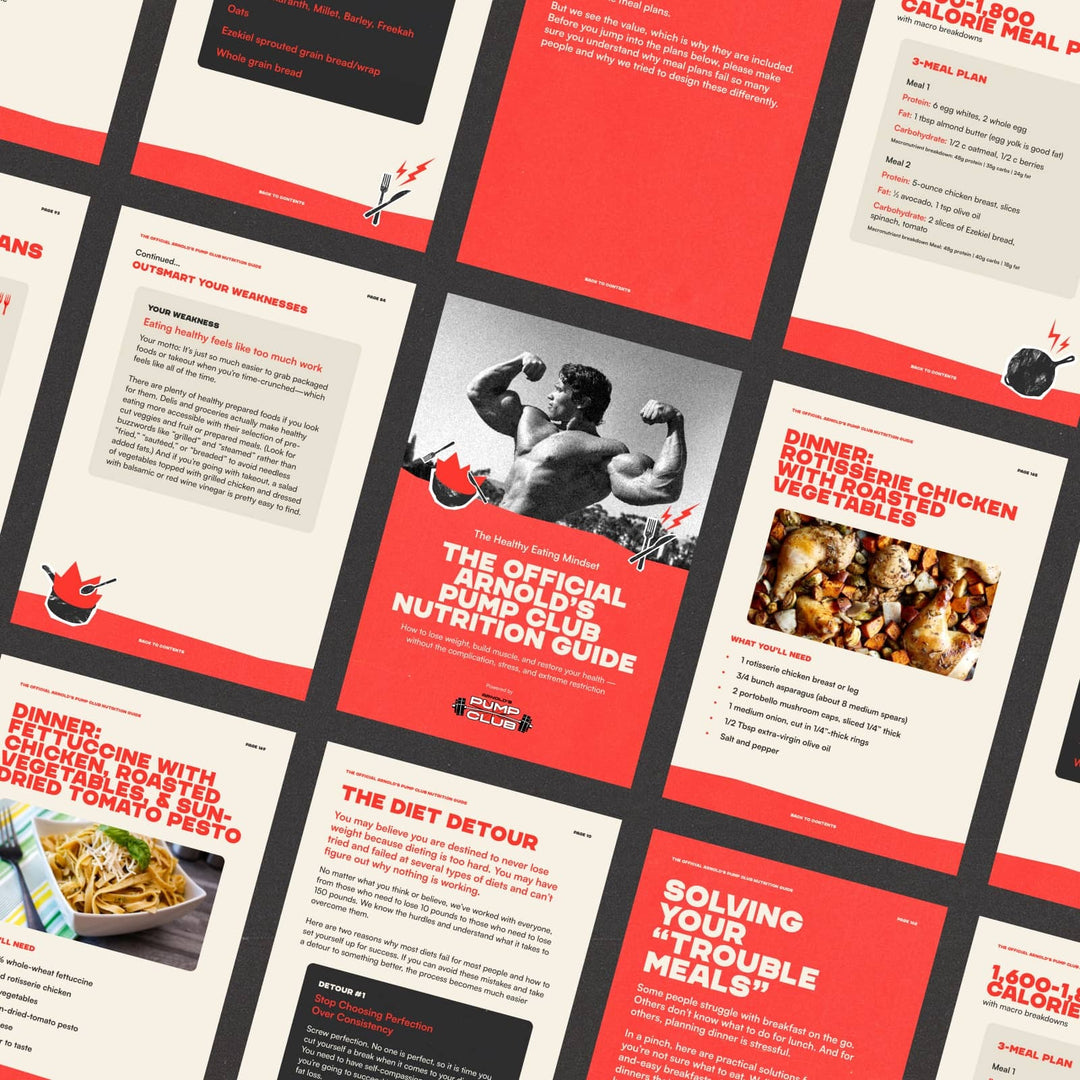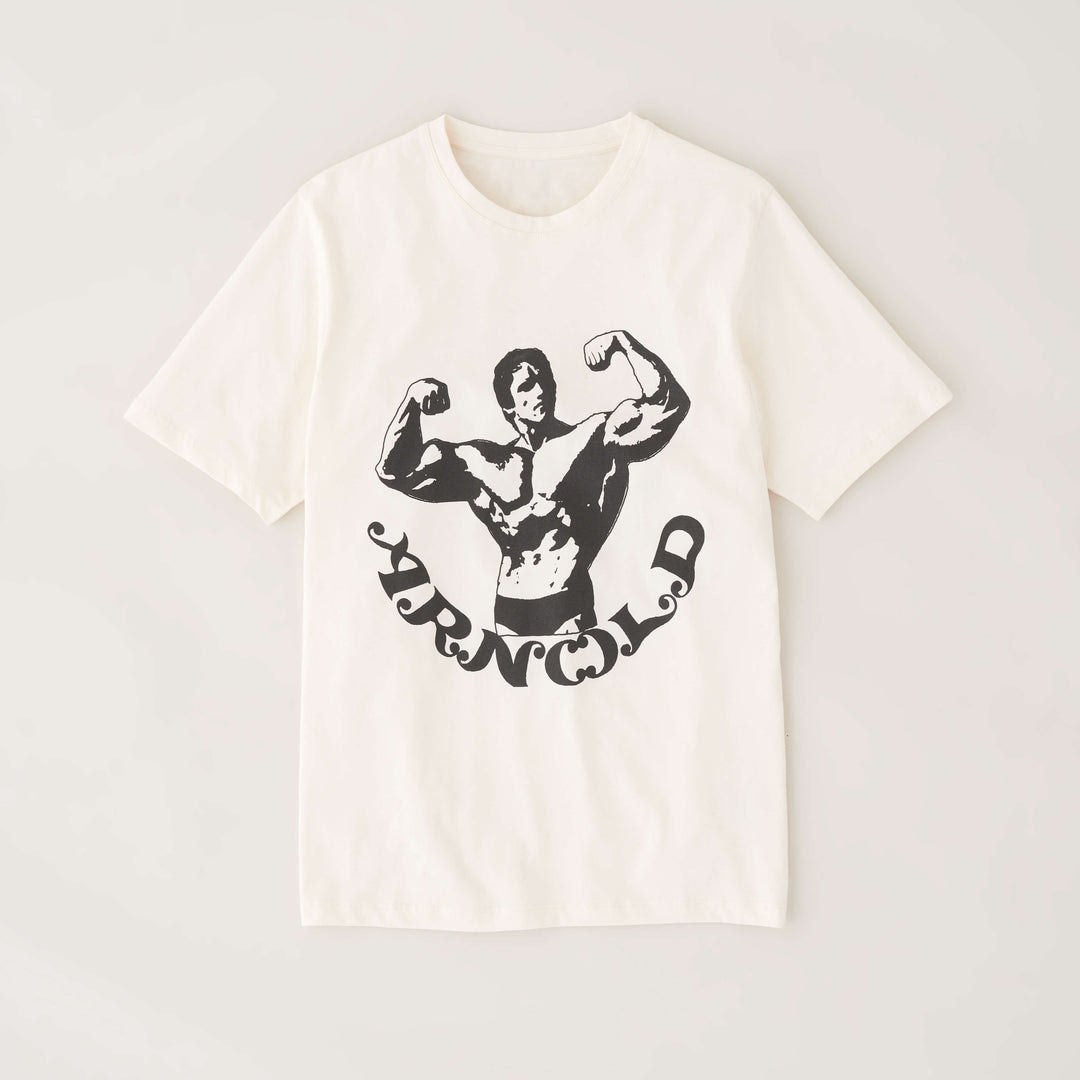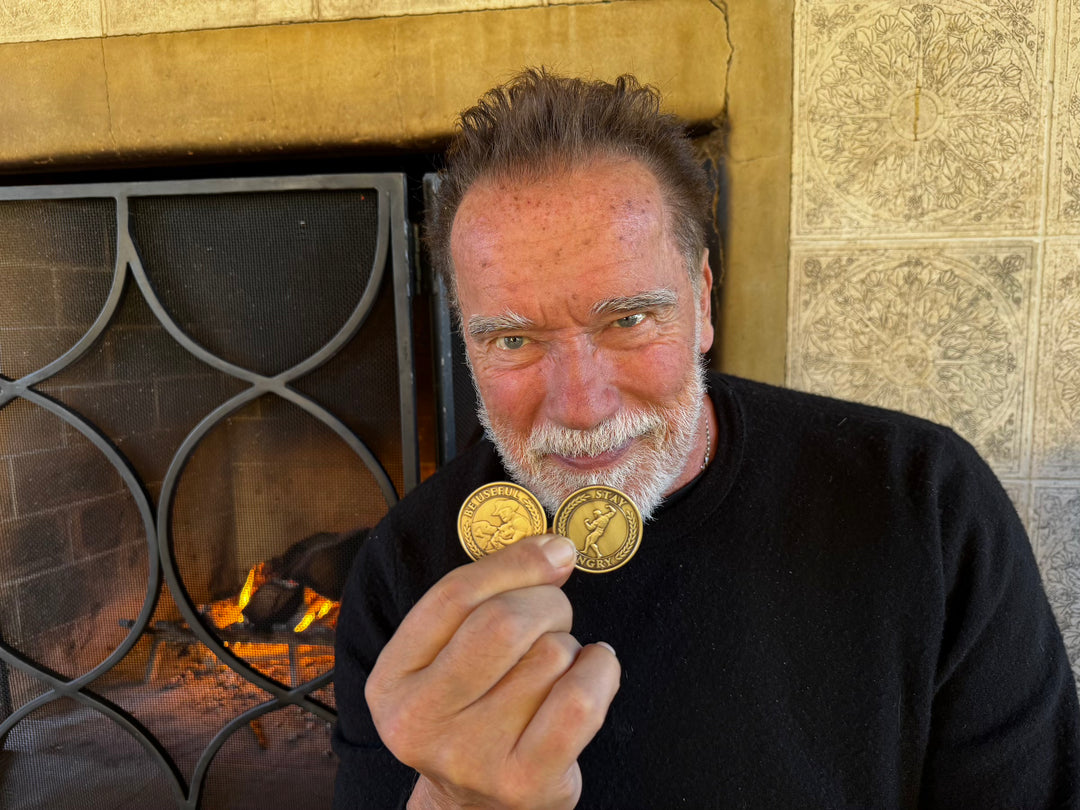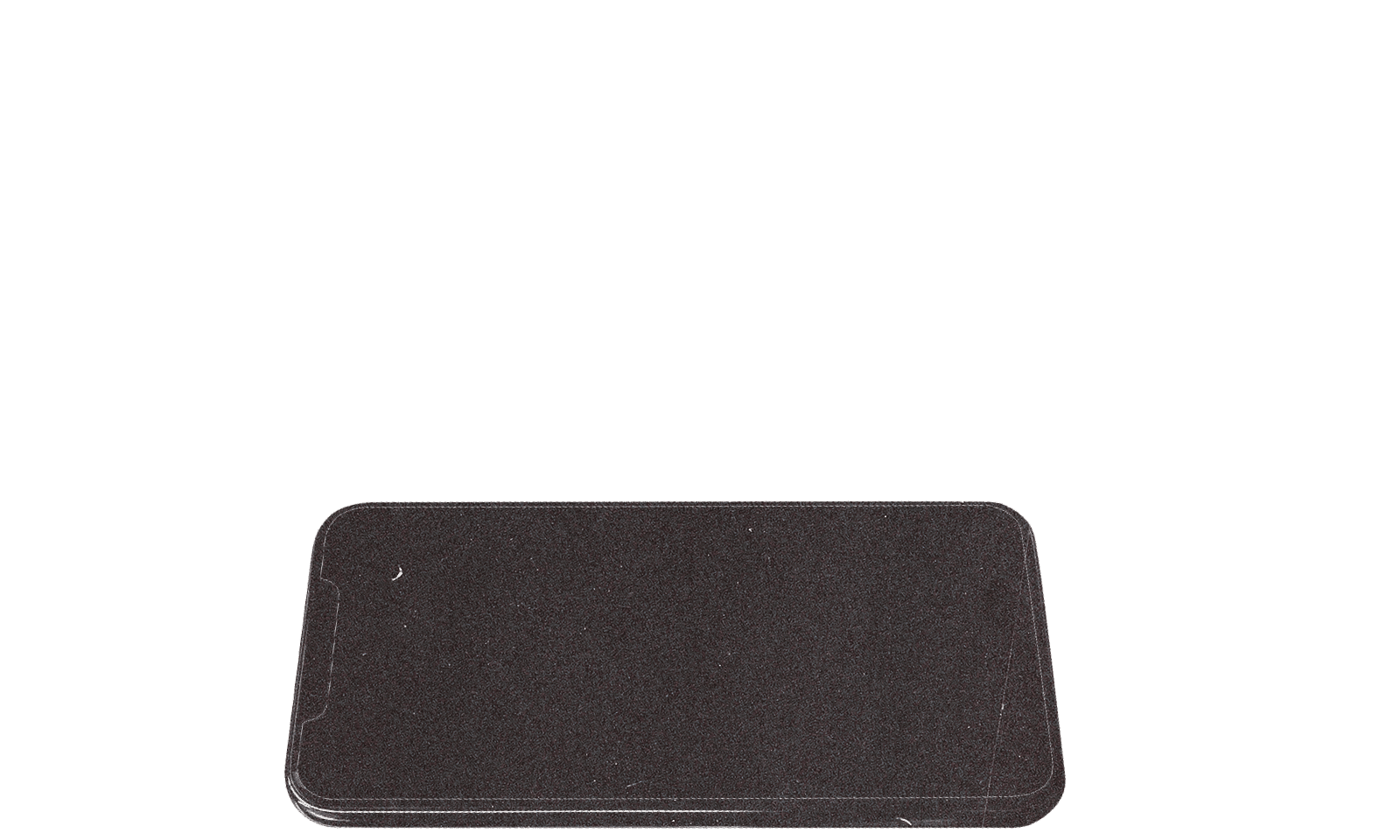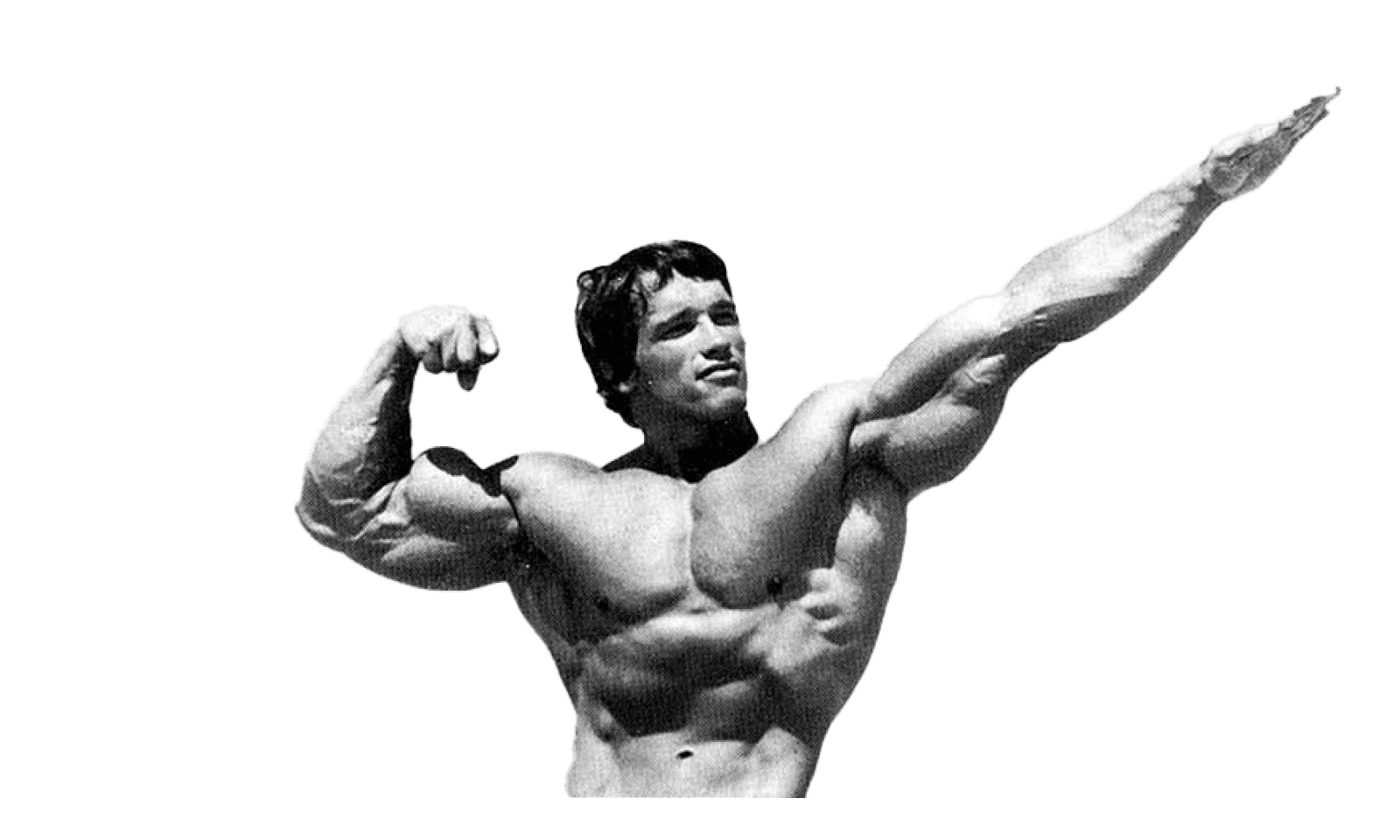Welcome to the positive corner of the internet. Every weekday, we make sense of the confusing world of wellness by analyzing the headlines, simplifying the latest research, and offering quick tips designed to make you healthier in less than 5 minutes. If you were forwarded this message, you can get the free daily email here.
Today’s Health Upgrade
Number you won’t forget
Give back
The myth of the meathead
Recipe of the week: the recovery bowl
Arnold’s Podcast
Want more stories from Arnold? Every day, Arnold’s Pump Club Podcast opens with a story, perspective, and wisdom from Arnold that you won’t find in the newsletter. And, you’ll hear a recap of the day’s items. You can subscribe on Apple, Spotify, Google, or wherever you listen to podcasts.
Number You Won’t Forget: 22 Minutes
Diabetes. Depression. Cardiovascular disease.
All three have been linked to the amount of time you spend sitting. You might be forced into more sedentary hours than you’d like, but offsetting the damage is easier than you think.
Research suggests that 22 minutes per day of low-to-moderate intensity exercise is enough to undo the increased health risks of inactivity. The scientists suggest that the exercise needed is the equivalent of a brisk walk, cycling, or gardening.
More than 12,000 people above 50 were studied for 12 years. All the participants wore fitness trackers to measure their sedentary time and movement. Those who were sitting or sedentary for more than 12 hours per day had a 38 percent increased risk of death from all causes. But, that heightened risk completely disappeared for those who moved at a moderate intensity for at least 22 minutes per day.
Here’s our recommendation: open your phone calendar and set two reminders each for 11 minutes. When the notification goes off, take an 11-minute break and walk. Then, you can feel better knowing the two reminders will support a healthier life even on your busiest, most inactive days.
Give Back
Ketch here. It’s my birthday and a big one — my 40th. In the spirit of the Pump Club and everything the village is about, I wanted to ask all of you for something simple: to give back.
After-School All-Stars, the nationwide program Arnold founded more than 30 years ago that keeps kids safe and learning from 3 to 6 pm, is currently in the middle of their spring fundraising campaign.
Since May is mental health month, they are focused on their efforts to build up the mental health of the nearly 100,000 kids who benefit from After-School All-Stars programs through mentorship and emotional support.
I don’t need anything for my birthday, but our students do. Please consider donating during their big drive this month — every dollar helps!
The Myth Of The Meathead
“Big muscles, tiny brain” isn’t just insulting — it’s inaccurate.
Research suggests that school-aged children who participate in resistance training see an improvement in "overall cognitive, academic, and on-task behaviors."
Scientists reviewed 53 studies on academic performance and found that those who lifted weights did better in school. And that got us digging — does resistance training make us smarter adults, too? The answer: it does.
Studies have found that a stronger body leads to a stronger, healthier, younger brain.
In one study, adults who lifted heavy weights (80 percent of their max) twice per week for six months improved cognitive function more than those who spent the same amount of time doing brain training.
When you lift weights, you don’t just pump up your muscles; you also pump up your brain's volume. Cognitive decline — and neurodegenerative diseases like Alzheimer’s and dementia — are linked to brain atrophy. By increasing brain size with resistance exercise, you not only help protect your brain against disease, but research also suggests you improve memory, learning, focus, and performance.
And you can continue seeing benefits into old age. Even though it can be harder to gain muscle as you get older, the brain benefits of strength training continue into your 80s and 90s.
Recipe of the Week: The Rest & Recovery Bowl
If you’re looking for a new pre-bed snack, this recipe offers more than dessert-like sweetness without all the calories.
The tart cherry recovery bowl can also help you sleep better and recover faster from your exercise.

Tart cherries keep popping up in research as a low-risk, potentially high-reward addition to your diet.
Multiple studies suggest tart cherry juice can help you fall asleep faster, stay asleep longer, and have a higher percentage of deep sleep.
And other research has found that tart cherries reduce muscle soreness and muscle damage. But not in the way you might think. The tart cherries don’t help you recover after training; the nutrients in tart cherries build up over time to serve as a form of pre-recovery. So, what you take the night before could help you recover from the next day’s workout.
This recipe — a favorite from You Can’t Screw This Up — offers an enjoyable way to sneak tart cherries into your diet while hitting the sweet spot if you have a post-dinner craving.
Ingredients
1-2 cup frozen tart cherries
1 medium frozen banana
1/2 cup liquid (water, milky, dairy substitute of your choice)
Optional: If you want a protein boost, add ½ to 1 scoop of vanilla or unflavored protein powder
Toppings: coconut flakes, granola, raw pepita seeds, extra cherries, extra banana slices, 100% cacao nibs
Instructions
Add all ingredients together and blend. (For bowls, you want minimal liquid to keep the texture thick like sorbet).
Add toppings.
Enjoy!
And that’s it for this week! Thanks for being a part of the positive corner of the internet, and we hope you all have a fantastic weekend!
-Arnold, Adam, and Daniel
—
Publisher: Arnold Schwarzenegger
Editors-in-chief: Adam Bornstein and Daniel Ketchell


